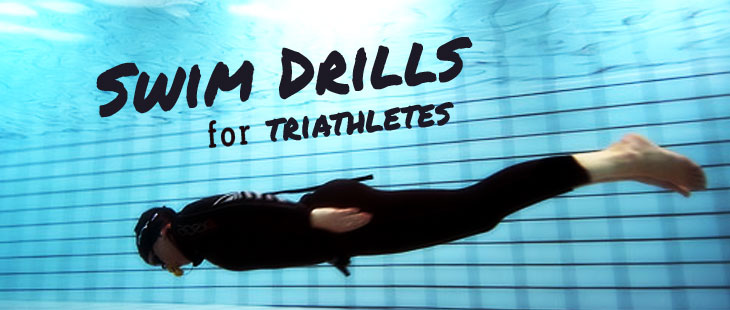By: TGB Training
Far more than running or cycling, swimming is about technique. How you move through the water and your feel for it. This makes learning correct body position very important before you start putting in high mileage. Skip the drills early in the season and you will be ingraining less efficient technique into your muscle memory. This will lead to backtracking later on when you will have to not only have to forget what you taught yourself, but learn the correct form as well. Opps!
Lets just do it right from the start.
Drills are the key to any early season workout. Most importantly, when done right they promote the efficient technique that provides the foundation to a strong swim leg later in the season.
The following are a list of common drills to help you get to an efficient position and good feel of the water:

